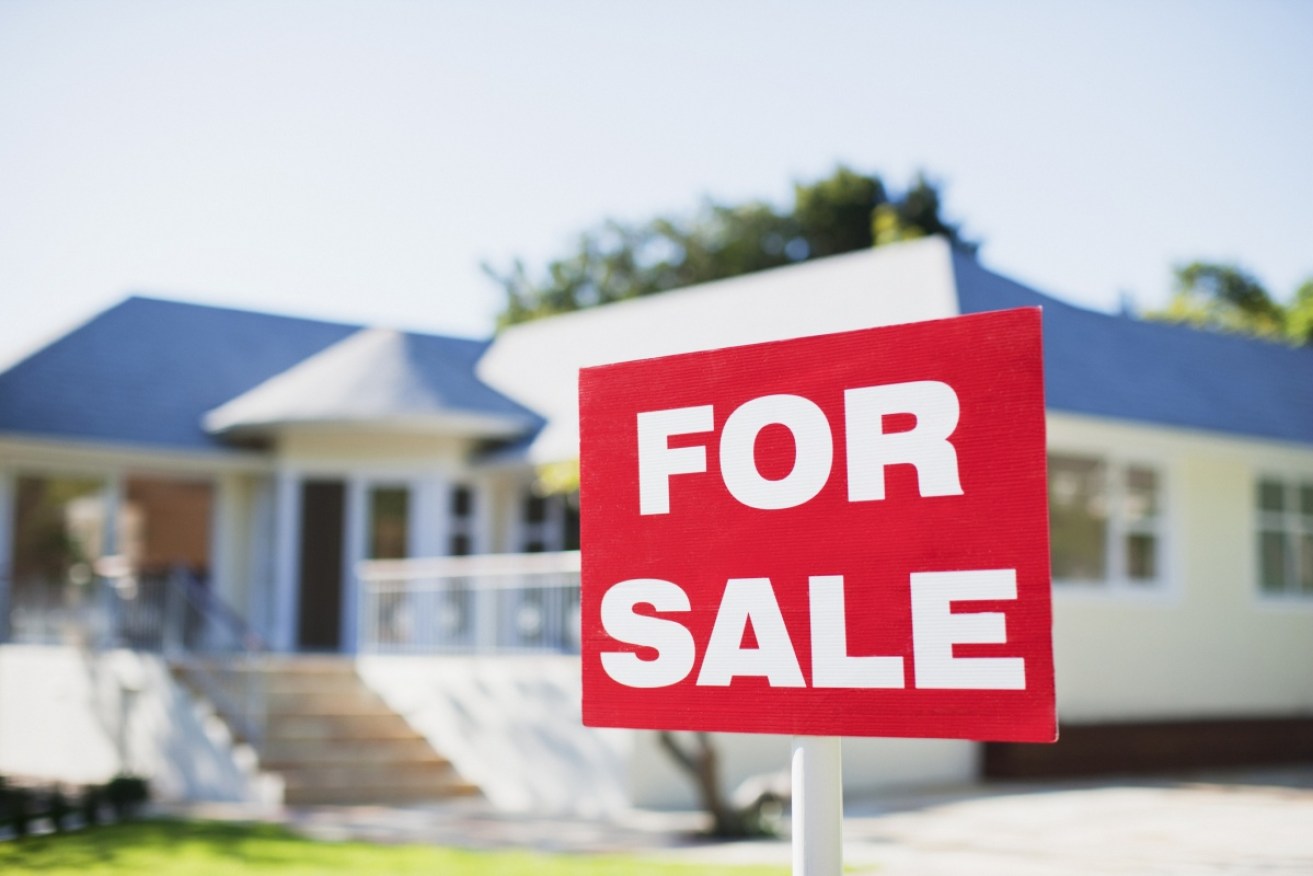Housing market slump to continue into 2021, QBE data shows


Online valuation tools can produce wildly varying price results. Photo: Getty
One of Australia’s leading insurers has predicted three more years of gloom for the country’s two biggest property markets – before a pick-up in mid-2021.
QBE Insurance says its data suggests a “soft landing” for median house prices in Melbourne and Sydney – with falls of 2.5 and 1.2 per cent respectively in the next three years.
The data – commissioned by BIS Oxford Economics – predicts similar falls in median unit prices (2.1 per cent in Melbourne, 3.1 per cent in Sydney), before the recovery starts in June 2021.
QBE Lenders’ Mortgage Insurance chief executive Phil White described the slowdown in property prices as man-made, and due to the withdrawal of credit from domestic and foreign investors.
He said the change was necessary after aggressive growth between 2012 and 2017.
In that period, Sydney house prices soared 84 per cent. So far in 2018, they have fallen 7.6 per cent.
“What we’re seeing from house price reductions is exactly what some of our regulators wanted to see and we would concur that it’s probably healthy to ensure we have a soft landing in the Sydney and Melbourne markets rather than anything more dramatic,” Mr White said.
The softening will continue for the next year before some flattening out and then the forecast is that by 2021 we’ll see a bit of growth coming back into both the Sydney and Melbourne house and unit markets.”
According to QBE, Sydney house prices will fall 4.2 per cent in 2019 and bottom out in 2020. They will then begin to climb back, with a predicted rise in 2021 of 2.3 per cent.
Similar trends are predicted for the Melbourne market.
There are brighter outlooks for house prices in the other state capitals, with all forecast to rise. The strongest growth is expected in Adelaide and Brisbane, at 12.4 and 11.3 per cent respectively.
In Canberra, house prices are forecast to rise 10.4 per cent over the period.
However, the outlook is less bright for apartment owners, with Mr White predicting a widespread downturn. The gloom will be driven by weaker demand from investors and an increased supply of units.
Strong population growth, boosted by high overseas migration, would limit the fall in values, he said.
“We anticipate foreign investment will further dampen in coming years owing to a number of factors such as increased approval fees, stamp duty and land tax surcharges,” Mr White said.
“As well as tighter capital controls from foreign governments, most notably China, which have impacted how much money they can take out of their country.”
In August, ratings agency Moody’s said the number of Australians falling behind on their mortgages would rise in the next two years as high volumes of interest-only loans were rolled into more expensive principal-and-interest loans.
“[This means] borrowers have to make higher monthly repayments, and this ‘payment shock’ can lead to mortgage delinquencies and makes IO loans riskier than P&I loans,” Moody’s said.
Mr White acknowledged that might be true for a minority of mortgage-holders in the short-term. But he said their numbers wouldn’t have a material impact on the property market or the wider economy.
“People have been tested – they’re servicing their interest rates way above what their principle and interest would be,” he said.
“We are watching it carefully, but at the moment we’re not seeing any systemic issue around that transition.”
-with AAP








